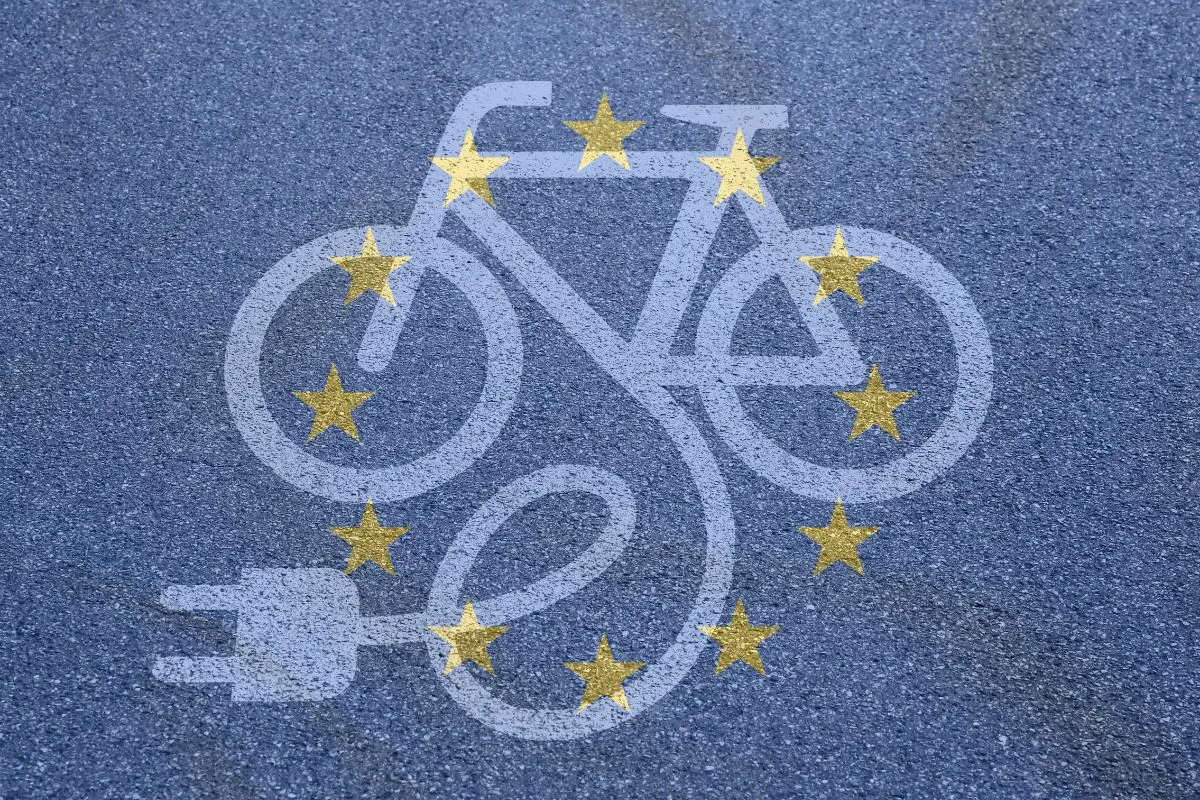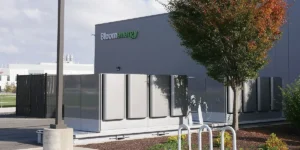Hydrogen Bikes Need Only Seconds To Refuel

Recharging time has been a challenge for some ebike riders, but H2 could overcome that
The majority of ebikes currently being ridden are battery electrics, but hydrogen bikes are starting to move into the radar and are drawing attention due to some of their notable conveniences.
Ebikes are becoming increasingly popular, and this trend is expected to continue
Hydrogen bikes are typically lighter than battery electrics, simply because they don’t need the larger battery to power them, and that battery isn’t light. Fuel cell-powered bicycles do have batteries, but they’re considerably smaller. Instead, they have fuel cells and refillable H2 cannisters.
What’s more, those cannisters take only a matter of seconds to refill, as opposed to the notably longer charging times that ebikes require to recharge. This could mean that the trend among riders may soon shift so that they’re considering H2 much more readily than they previously had.
Whether cyclists use their bicycles for commuting, to make short trips without relying on a car or public transportation, or simply to enjoy the time out on roads, paths or trails, pedal-assist models help to ensure that riders can make longer trips or take more challenging routes – such as those with steep hills – without running out of personal power. These options are also very helpful to riders who aren’t in optimal cycling condition as well as older riders.
Appeal of hydrogen bikes in different markets
Cycling is certainly popular in the United States, but the European market is notably larger.

Ebikes have become very popular there, but recharging and other limitations have many cyclists keeping their eyes open for other pedal-assist opportunities that allow them to make their journeys cleanly, comfortably, and conveniently.
A few seconds and you’re on your way
 H2-powered cars, vans, buses and trucks typically take about the same amount of time to refuel as they would if they were filling with gasoline or diesel. That said, in the case of hydrogen bikes, the cannisters are considerably smaller because the power they need to generate is much smaller.
H2-powered cars, vans, buses and trucks typically take about the same amount of time to refuel as they would if they were filling with gasoline or diesel. That said, in the case of hydrogen bikes, the cannisters are considerably smaller because the power they need to generate is much smaller.
As a result, where a car might need a handful of minutes for refueling with H2, a bicycle’s cannister would require nothing more than a few seconds. Moreover, many people expect that if these types of bikes become popular enough, then cannister exchange programs – similar to those in place for propane barbecues – will start to develop. This would mean that a rider wouldn’t need to refuel at a pump, but could simply swap out an empty cannister in exchange for a full one and be on their way.




